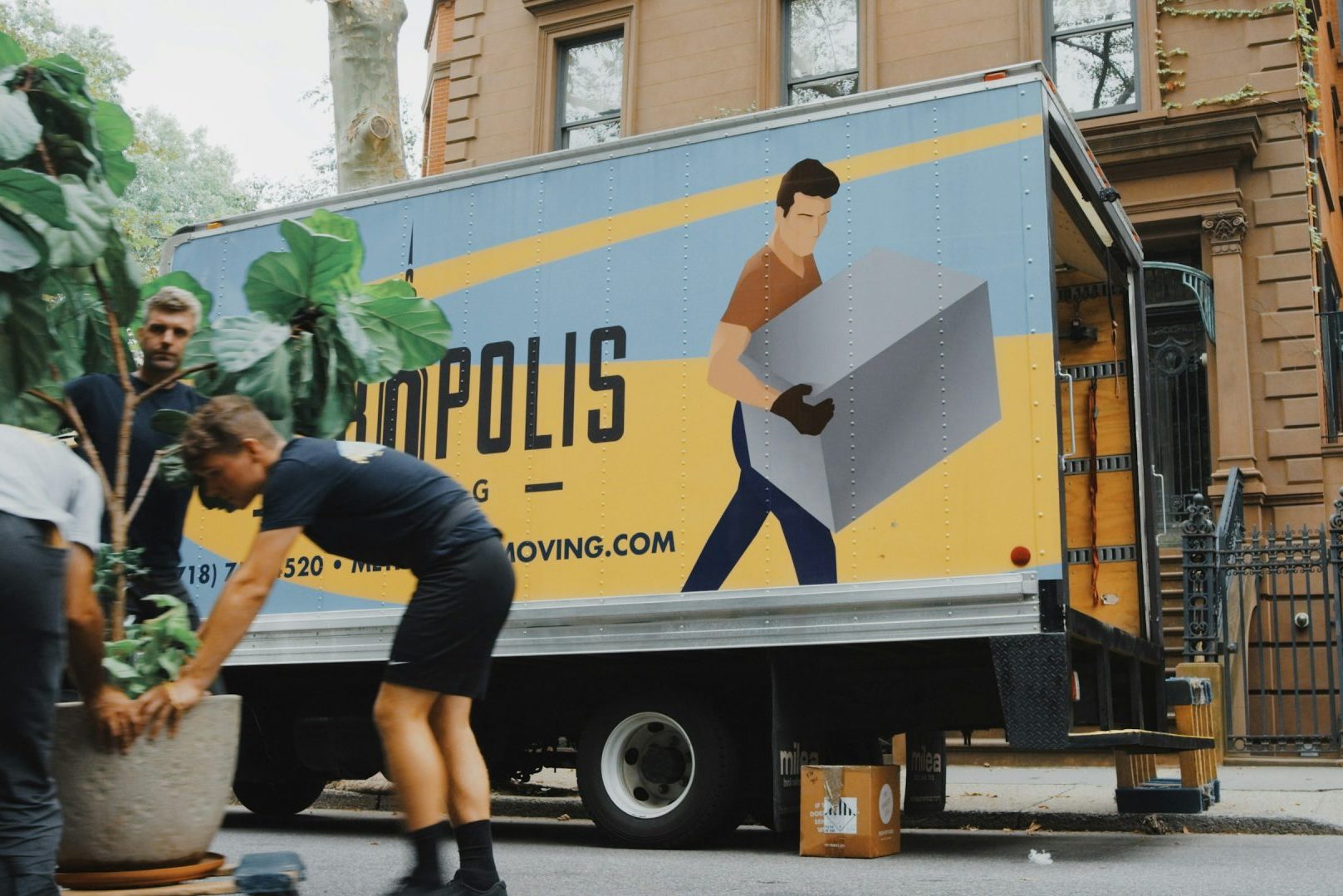Melbourne’s Leaders in Planning Law
When planning to develop or build a property, there are many things to consider. It can be a complex and time consuming process and there are several different legal aspects that may need to be addressed. If they’re not dealt with properly they can delay your development or even result in it not being able to progress. That’s why it’s important to make sure you speak to someone who understands the law around planning a property development and has been through the process before.
Below we’ve outlined some of the different areas of planning law that you may need to consider.
Town planning permits
Most developments require a town planning permit. This is a legal document, usually issued by your local council, that allows you to use or develop your land.
You’ll need to apply for a planning permit, which often needs to include a range of information. There is also usually an application fee that you will need to pay. This means that you may need to prepare some things or understand what planning controls are relevant to your land and development before you apply for your town planning permit. You may also need to engage a range of consultants to provide inputs into your application including architects, land surveyors and traffic engineers.
If you want to build on your site you will also need a building permit. This can only be issued after your planning permit has been approved.
Putting together your town planning permit can require you to coordinate the various consultants and develop relationships with people in your local council to help it progress smoothly.
If your planning permit is not approved, there are also options that may be available to you, such as applying for a review at VCAT that are best facilitated with an expert by your side.
VCAT objections
Most planning permit applications require you to give other people the opportunity to look at your proposed development and object to it. This often happens if neighbours or other people affected in the community don’t like your planned construction or development.
There are many reasons why people may object to you planning application, like if the proposed construction is out of character with the neighbourhood or might result in loss of privacy to them.
Objections to planning permits are usually submitted to the local council first. You’ll have the opportunity to review these and address the relevant legal aspects. If the objection can’t be resolved through negotiation or mediation or the permit is granted, people can still make an Application for Review to the Victorian Civil and Administrative Tribunal (VCAT).
If in the VCAT process the objection is not allowed, the permit may be granted. If they do agree with the objection then the permit may not be approved. This entire process can be time-consuming and expensive for everyone involved.
Restrictive covenants
Sometimes there are restrictions in the way you can use your land. One of the most common types are called private restrictive covenants. These are often private agreements between the owners of the land that outline how it can and cannot be used. There are many types of restrictive covenants that can limit things like the colour or height of buildings on the property, how many buildings can be on the property or even what type of building materials can be used.
Restrictive covenants are recorded on the land title, either directly on the document or as a separate document that is attached to the title. As restrictive covenants are private agreements, local councils don’t get involved in enforcing them but they may be concerned if someone tries to remove or change a restrictive covenant.
There are very specific ways that you can remove or vary a covenant and these may require legal advice to make sure that you achieve your goals.
Easements
An easement is a part of your property that you must make accessible to others. In many circumstances, local councils, government authorities and companies may need to access part of your property through an easement to make sure you have access to essential services like an easement to drain water or sewage or to access power. A right of way easement may also include passages that allow vehicles or people to pass through.
When you plan on developing your property, you should check if there are any easements and where they are located. This is because there are restrictions over what you can build on and around easements. In some situations you may need to get special permission from the local council to build over an easement.
Rezoning
Local governments usually zone regions within the council. These zones restrict how the land can be used and what can be developed within it. For example, some zones may only be for residential or commercial properties, while others must only be used for open space only.
There are some broad government zoning categories, like residential, commercial, industrial and agricultural. Often these are divided further into more specific zones like high-density residential or farming zones. There may be different development and planning rules that apply to each zone. The type of zone your land is in may also affect the type of loan and how much you can borrow to develop that land.
It is possible to apply to have your rezone land in Victoria in some circumstances. This will depend on the local council and the regulations that apply to the zones in your area. Applying to rezone a property can be a very complex and lengthy process and may require the help of an expert.
Planning scheme amendment submissions
A planning scheme outlines your local government’s objectives and policies for how land can be used, developed and protected. This may include a range of information like how land will be zoned within the local council.
It’s possible to apply to amend a planning scheme. The process for doing this is outlined in the Planning and Environment Act 1987. As an amendment to a planning scheme affects not just individual property owners but also the wider community, the process is quite detailed and involves a significant level of consultation.
Any proposed amendments to a planning scheme must be made by the local council and authorised by the Minister for Planning first. So if you want to make a ministerial planning scheme amendment submission to amend a planning scheme, you must first ask the local council to agree to prepare it. To do this the local council must believe the amendment has merit and is in line with the strategic direction of the area.
The amendment is then usually open to the public for a period of time and people who are interested in it or may be affected by it are consulted with. Sometimes an independent panel may be appointed to review submissions and help reach a resolution about the planning scheme amendment. If the amendment is passed, then the planning scheme may then be successfully amended.
Liquor licensing
Another area that often involves significant planning requirements is liquor licensing. Generally, if you want to have a licensed premises on your land this must be included in the planning permit. The type of activities that your property will have must also be consistent with the zoning of the land.
A planning permit is usually required to get the following licences:
- general liquor licence
- on-premises licence
- restaurant and cafe licence
- packaged liquor licence
- club licence
- producer’s licence
Generally, you will not need a planning permit for the following:
- pre-retail licence
- BYO permit
- limited licence
- major event licence
- Obtaining a liquor licence in Victoria can be complex, so it’s best to make sure you get assistance from someone who understands the process.
Compulsory acquisition
Sometimes the Government can acquire private property. This is called compulsory acquisition and is often done to build public infrastructure, like roads or public transport or to protect the public. If this happens to you, you have very limited rights to contest it.
The good news is that people are often given a lot of notice about compulsory acquisition so that it can be identified when planning property development. This means you should look out for potential compulsory acquisition rights when purchasing land. If your land is affected, you may have the right to compensation for the fair market value of your property.
Section 173 agreements
Another important thing to consider when planning to develop your property is whether there are any Section 173 agreements in place. A Section 173 agreement is often between the council and landowner and outlines restrictions they have agreed to. They can include things that limit an owner from changing the character of the property, the landscape or even subdividing the property.
The restrictions in a Section 173 agreement are ongoing, which means they bind new owners of the land as well as the original landowner. That’s why it’s important to look out for any of these agreements when deciding whether to purchase a property.
If you own a property with a Section 173 agreement, it’s possible to amendment it but it’s not easy. All parties to the agreement must consent to the changes. This can be a difficult process, particularly if the land has been subdivided or has multiple owners. If you can’t reach an agreement on amending a Section 173 agreement you may even need to go to VCAT.
If you’re looking at purchasing a property to develop it, or are planning on developing an existing property, you may need to take all or any of these factors into account. It can become quite complicated quite quickly, which is why it’s best to speak to someone with experience in property planning before you get started.



